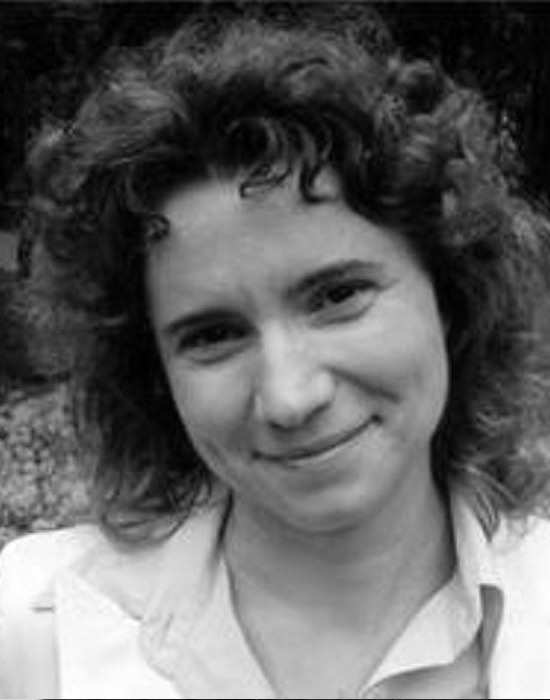Biochar and compost are of interest to agriculture. Particularly, when it comes to meet the goal of reducing mineral fertilisers and chemicals use. Biochar is created through pyrolysis from organic material at between 450 and 600 degree Celsius, in the absence of air. It can be based on plants and be used as a high carbon content soil improver. It can also be made of food grade animal bones, referred to as ABC (Animal Bone bioChar), and used as a high phosphorous content organic fertiliser.
Now, an EU-funded research project, called REFERTIL, aims at developing environmentally friendly and economical industrial biochar production processes. It also aims to provide policy support for law harmonisation and legal authorisation to the biochar production and use.
The project, which could benefit farmers, involves the development of advanced biochar production technologies capable of delivering safe products at an industrial scale. “The goal is to create replicated production units all over Europe and support the low-carbon economy, while creating green jobs,” says Edward Someus, who is the project coordinator and the biochar process senior engineer, from Terra Humana, a Swedish – Hungarian joint venture, based in Polgárdi, Hungary, and specialised, among others, in pyroysis technology and biochar R&D.
The approach offers some clear benefits. “Both—compost and biochar—are good for the agriculture, because the plants need different types of nutrients and different soils need different fertilisation strategies,” explains Edward Someus.
By contrast to the high-temperature thermo-chemical processed biochar, the compost technology is based on biological degradation of organic material at low temperature—between 64-70 degrees Celsius. In both cases, the objective is “to take into consideration the efficient recycling of the nitrogen, phosphorus and potassium,[referred to as] NPK, from organic waste streams,” Someus tells youris.com.
The likely candidates to use the biochar and compost products are small and medium scale farms. Indeed, they are in the greatest need of support, because “the food industry production system is based mainly on this sector.” Someus notes. He therefore believes that application of new biochar and compost products, makes them not only more competitive but also improve food safety as well. Someus also tells youris.com, that “the food supply security and food safety are critically important corner stone of the society.” In this context, he argues that the new biochar technology opens new technical, economic and environmental opportunities for sustainable and safe agricultural productions, particularly in the horticultural sector.
Other potential users of the technology come from organic agriculture, which prohibits the use of synthetic fertilisers. “The synthetic nitrogen fertiliser can be replaced, among others, with treated organic waste from manure, food industry or urban residues,” says Hervé Guyomard, scientific director for agriculture at the National Institute of Agronomic Research, in Paris, France. “The problem to be solved, here, is their provision to the farmers. This organic waste needs also to be standardised and homogenised so that its fertilising value is well known and stabilised,” he tells youris.com.
One caveat, however. The use of manure-based waste is only possible in the farms or regions where there is also livestock. “The farmers need to organise themselves in associations at regional level in order to make the best use of this organic waste,” explains Guyomard.
Compost is a better fertiliser than chemicals and even than manure directly applied to the soil. “It improves the soil quality, including its physical indicators,” comments Ileana Bogdan, a lecturer in herbology, agrotechnology and statistical processing at the University of Agricultural Sciences and Veterinary Medicine, in Cluj-Napoca, Romania. She adds: “transforming organic residues into compost and biochar is a very good solution for a greener agriculture and also for waste management.”
—
13/01/2014

